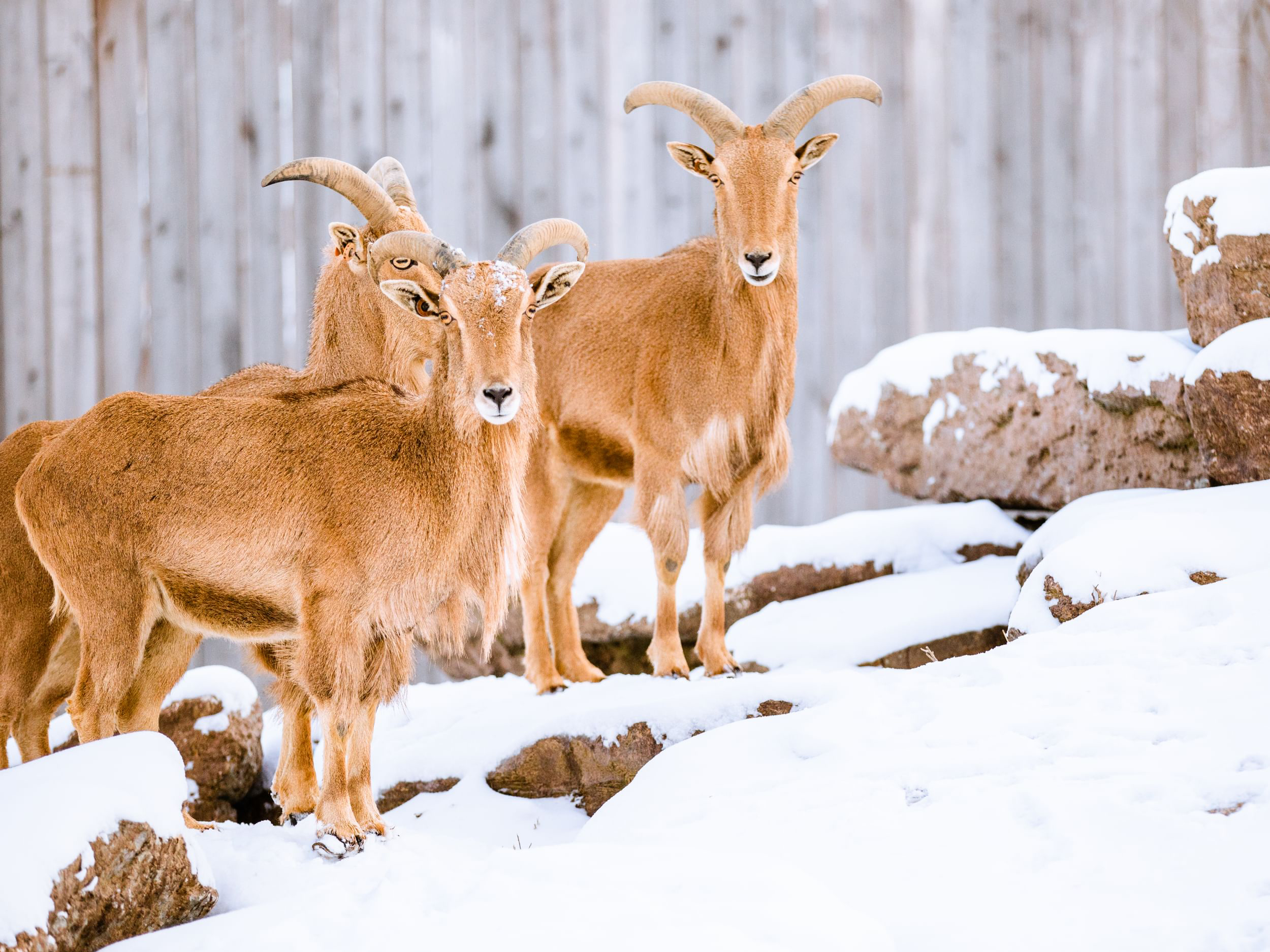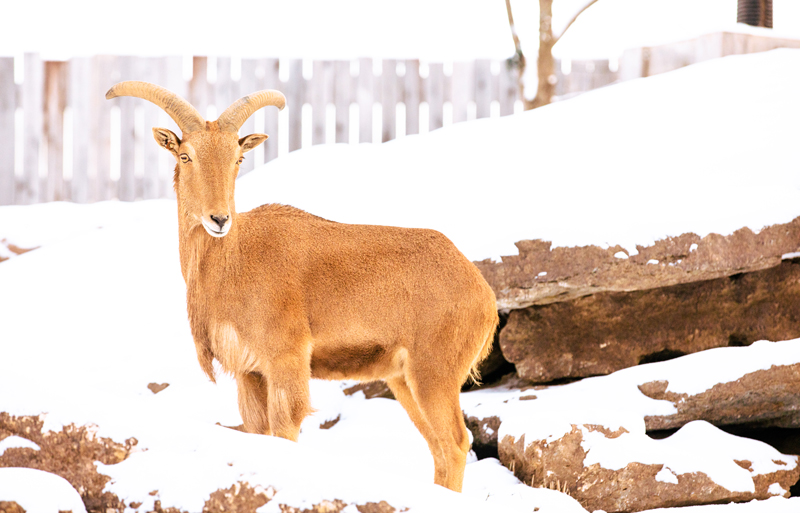Aoudad Sheep
These majestic herbivores are known for their long flowing manes and their massive curved horns which can reach 33 inches in length!
Day of Creation: six
Biblical Kind: caprine (includes sheep, goats, musk oxen, takins, tahrs, turs, markhors, ibex, serows, gorals, and chamois)
Status: vulnerable
Height: 2.5–3.5 feet at the shoulder
Weight: 90–310 pounds
Habitat: rocky hills of northwestern Africa
Lifespan: 10–15 years
Diet: grasses, forbs, and shrubs
Family Life: live in herds called “angers”
Reproduction: 1–4 kids are born after 5-month gestations
Fun Facts
All caprines have horizontal pupils, which rotate to remain level with the horizon even when their heads are tilted or lowered to graze. This allows them to retain excellent views of their surroundings while grazing. As prey animals, this gives them an extra edge over potential predators.
Despite being labeled sheep and looking like goats, Aoudad (pronounced OW-dad) sheep (also called Barbary sheep) are neither true sheep nor true goats! Half of their genetics are goat-like, while the other half are sheep-like. They both graze like sheep and browse like goats.
Aoudad sheep are expert climbers and easily ascend surfaces far too steep for humans and other animals. They can also achieve standing jumps of over seven feet high!
They are nomadic and travel constantly in search of food. They are well adapted to survive both extreme heat and cold and can produce metabolic water to survive long periods of time without a drink.
Although uncommon in their native habitat, they have been introduced into the southwestern United States, Mexico, Hawaii, Canary Islands, and southeastern Spain. They’ve been so successful in the US that they’re now considered invasive and are outcompeting the native endangered desert bighorn sheep.


